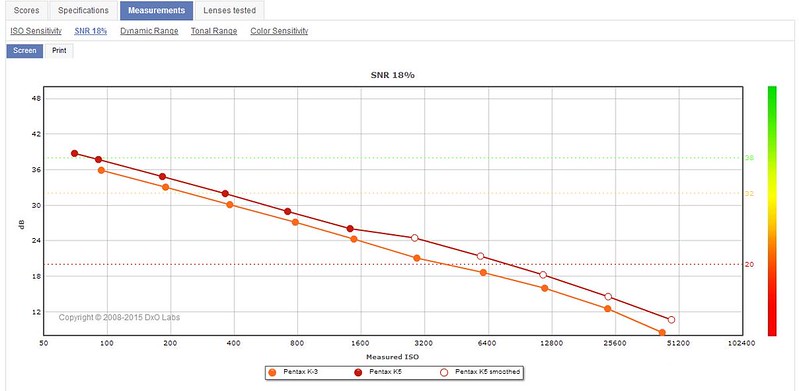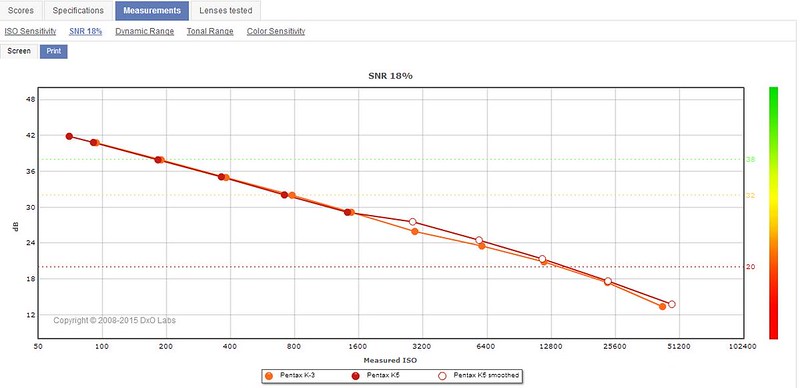
Originally posted by panonski

Originally posted by bdery Yes, and if you really must compare on-screen with JPEGs, set the K-3 to M (14 MP) and compare to the K-5 at 16 MP. The K-3 will still come out ahead. I just did that , a few days ago, and results were fantastic. At 4500 Iso, I was getting very beautifull shots almost in imposible dark condition where I was able to shoot moving instrumental players, and record them with 1/60 and above.
I noticed this 14 mpix pics were 300 dpi, and large one are 240 dpi.... Don't know what that means, but I'm sure that in dark you need creamier pic, and 14 vs 23 mpix is not so different, specially for screens...
Well, I am going to try that too!
Why didn't I think about it anyway?
Thanks!!

I used 10 Mpx for nearly 8 years, and just naturally set the camera to best quality JPEG when I replaced the K10 with the K3 -- but this is something I am going to try, probably tomorrow, if I have the energy after a recent "vacation" in the local health centre -- nothing permanent, but nothing by mouth for 3 days tends to lower my old phart's energy levels.
My back yard is on the North side of a hill, and forested with Lodgepole Pine, so there is little or no bright light back there. It's great for birds, but not for photographers. Thank you for the tip!


 Similar Threads
Similar Threads 
















 Post #27 by dosdan
Post #27 by dosdan








